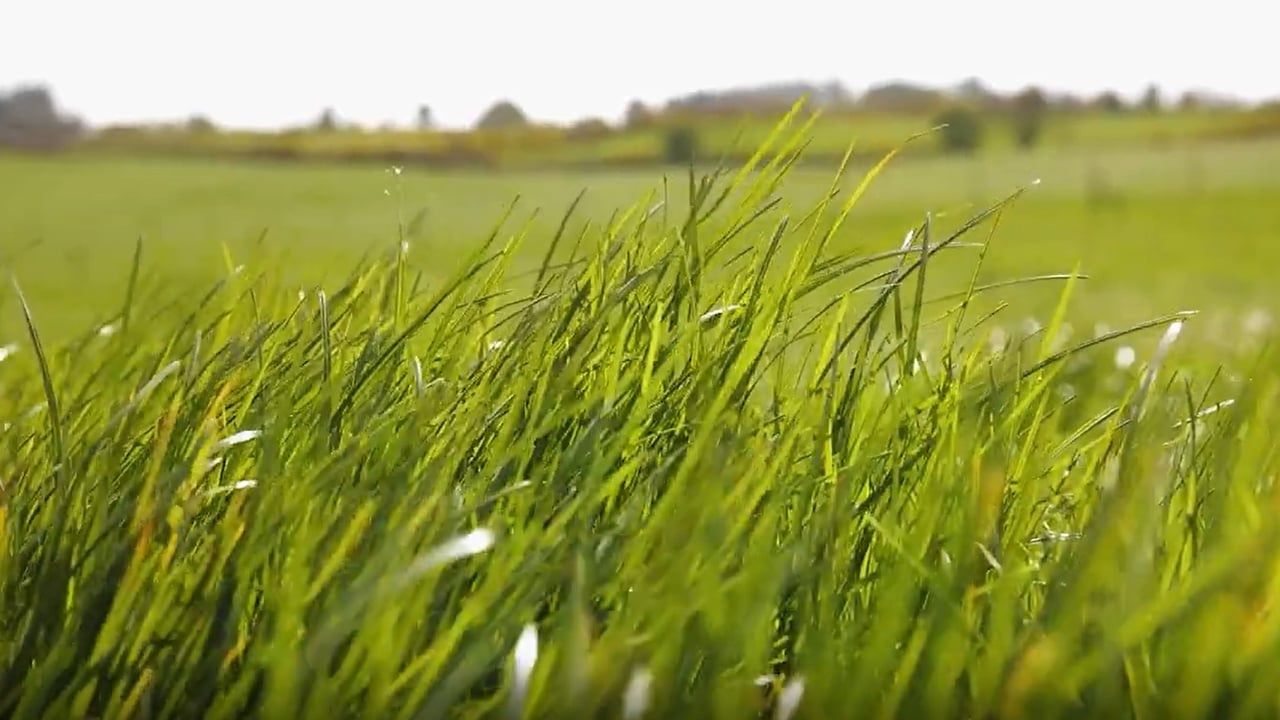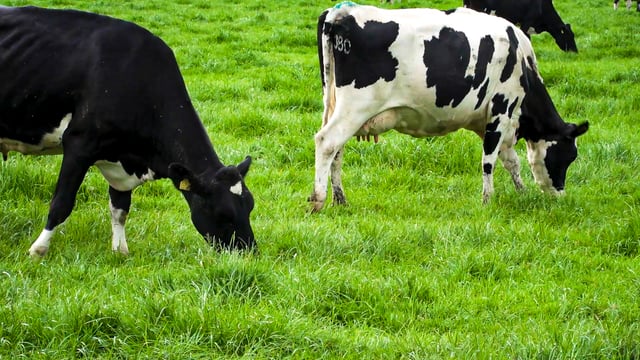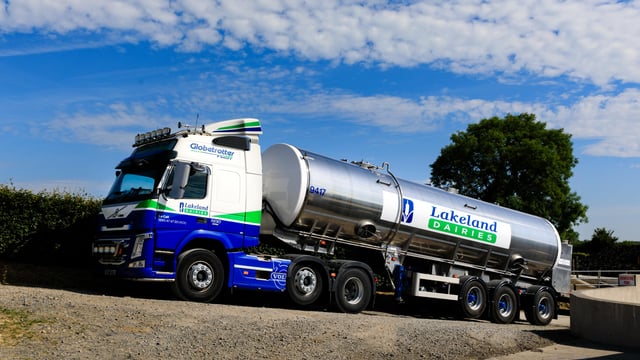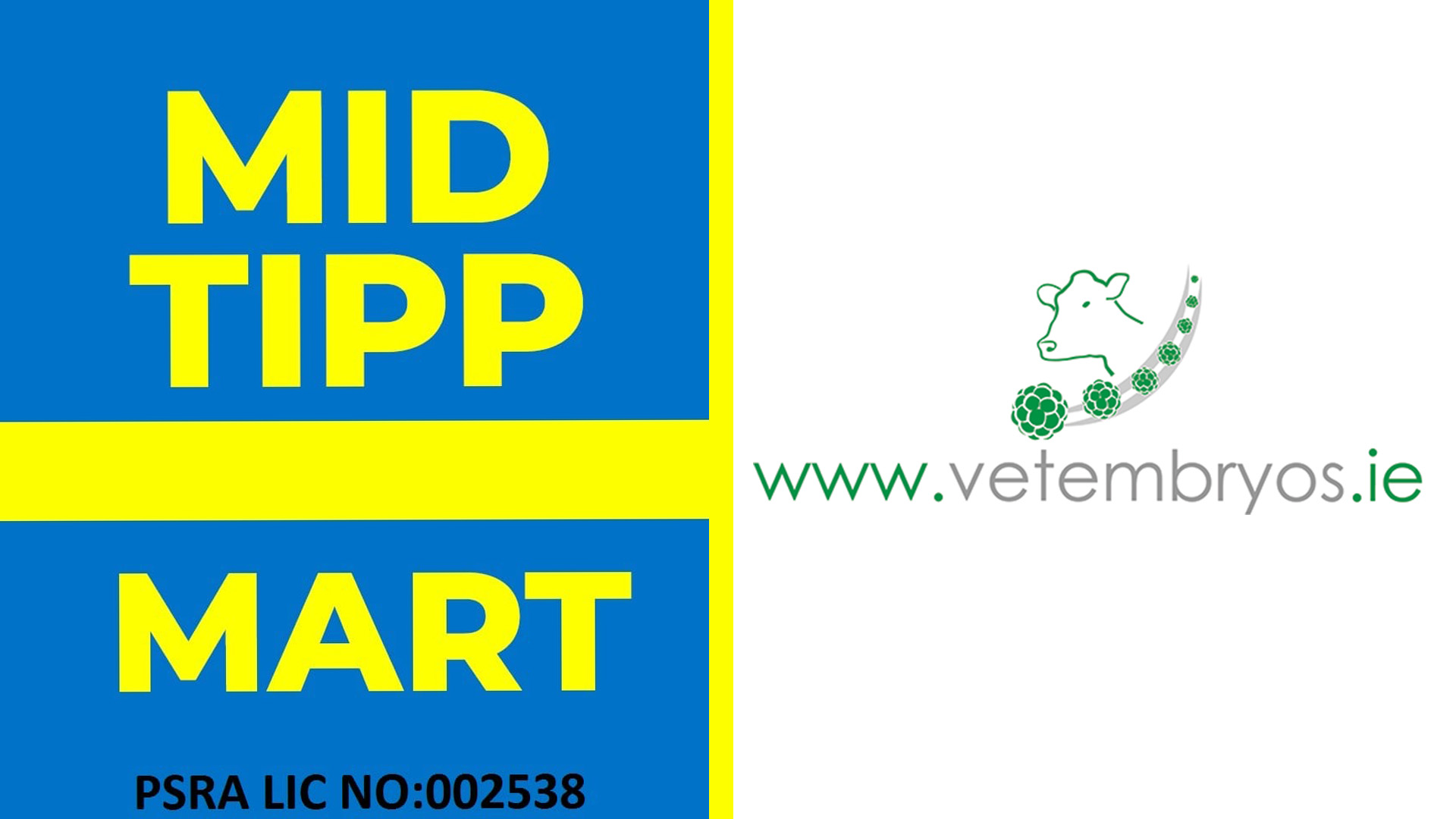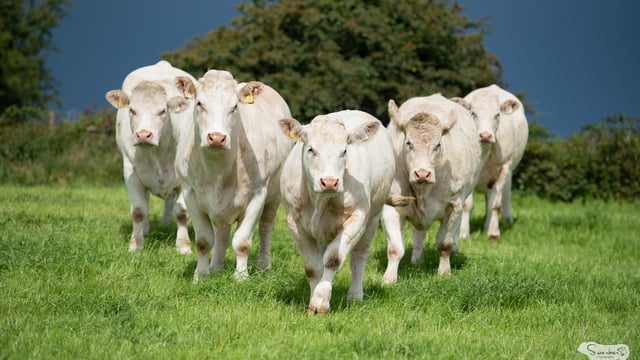Virtual Farm Walk: Making quality silage will benefit farm profitability
In the next section of the virtual farm walk hosted on the farm of Jarlath and Austin Ruane, who are participants of the Teagasc Green Acres Calf to Beef programme, Seán Cummins and Austin Callaghan from Teagasc review the importance of making high-quality silage on calf-to-beef farms.
Seán, who is an advisor in the Teagasc Green Acres Calf to Beef programme, speaks about the benefits and improvements being seen in animal performance during the winter months, due to improved silage quality being made on Green Acres farms.
Local Teagasc advisor, Austin Callaghan goes through the plan to follow to make quality first-cut silage.
During the winter months, when animals in a calf-to-beef system are housed, Seán mentions how steer and heifer weanlings will need to be hitting an average daily liveweight gain (ADG) of 0.6kg.
This figure has come from research conducted at Teagasc Grange which showed weanlings that were achieving this level of kg/day, were better able to benefit from compensatory growth at turnout to grass.
Finishing heifers will need to be hitting an ADG of 0.9kg, with steers aiming to reach 1kg.
The target silage quality to be aiming for should be above 72DMD (dry matter digestibility).
Seán highlights that one major improvement seen on Green Acres farms over the past two years is the increase in silage DMD from 69.5DMD up to 73DMD between 2019 and 2020.
The main benefit of this improvement in quality is the allowance to reduce the levels of concentrates being fed over the winter period, without having a negative impact on animal performance.
For the weanling groups, there is a reduction of 0.5kg of concentrates required per day - moving from 1.3kg/day back to 1.85kg/day. The finishing animals are also going to see meal levels reduced from 5.5kg/day back to 4.5kg/day.
From a monetary perspective, on the Ruane's farm this is going to result in approximately 10t less concentrates required. At a costing of €280/t, this will result in the farm saving €2,800 due to less meal having to be purchased.
The reduced level of growth has seen some silage crops take a hit in terms of the predicted yields. However the focus at this stage should be making quality first-cut silage with a high DMD figure.
Speaking about achieving the production of high-quality silage on farms, Austin Callaghan listed out main points that should be followed. These include:
Concluding his points on silage quality, Austin also points out the importance of completing a fodder budget after the first-cut so that farmers can get an understanding of how much more silage they will require from their second-cut.

